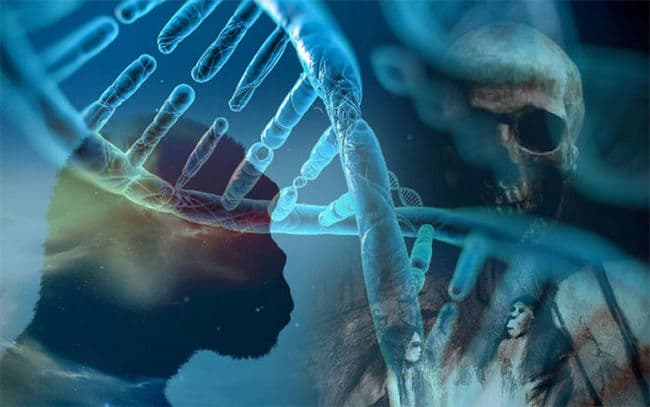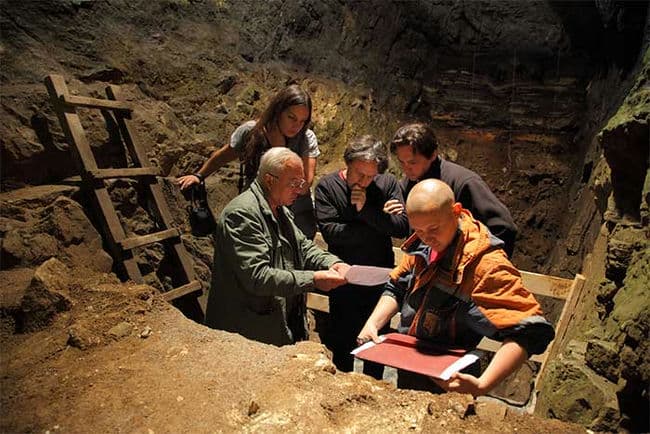The three “ghost species” are the mutant ancestors of some modern humans who have revealed their whereabouts through “strange” DNA.
It’s called “ghost humans” because we know they are there, but we can’t find any remains or tangible evidence from them, or we can find them but still can’t understand who they are or where they are on the evolutionary tree. humanization.

Makes up 19% of some West Africans’ DNA!
A research team led by the University of California at Los Angeles (UCLA) examined the DNA of four West African communities: the Yoruba and Esan people in Nigeria, the Gambians in West Gambia and the Mende in Sierra Leone.
They inherited 2-19% of their DNA from an unknown species of ghost humans.
This species separated from the common lineage of the three human species Homo sapiens – Neanderthals – Denisovans about more than 1 million years ago.
Among them, Homo sapiens is our species, while Neanderthals and Denisovans are two close cousin species belonging to the genus Homo (genus Human).
Then about 900,000 years ago, the mysterious ghost species met Homo sapiens again in West Africa about 124,000 years ago, giving rise to intermarriages.
Siberian girl

Excavated in Denisova Cave in Siberia – Russia in 2018, the remains of a teenage girl were initially thought to be a hybrid of two ancient human species Neanderthals – Denisovans.
However, in 2022, a team of scientists from Pompeu Fabra University (Spain) and Tartu University in Estonia used artificial intelligence (AI) to analyze the 50,000-year-old remains of the young woman again.
When eliminating the Neanderthals – Denisovans elements, there are still countless unusual genetic features from the little girl’s remains, showing that she is not really a hybrid of the two species, but may be the only representative. of another, previously unknown human species.
However, who she is and where she stands on the tangled human family tree is still a mystery.
“Strangers” in the Levant
About 120,000-140,000 years ago, a species of ghostly humans once roamed the open crescent of the Levant, which is part of some Middle Eastern countries today.
Named Nesher Ramla Homo, this ancient hominin lineage reveals a complex mixture – both in blood and tool-making – of ancient Eurasians and Africans, as well as between two species Homo sapiens and Neanderthals.
They had more ancient anatomical features than contemporary Neanderthals as well as the current Homo sapiens lineage in the Levant and inhabiting what is now Israel.
It is possible that they separated us from an earlier common lineage of these two species, but overall many questions remain open. The data on the family are intertwined and tangled, which also suggests that the history of our species and that of the Neanderthals may be more complex than we previously thought.

